Le Havre - Port City Created by Auguste Perret
![]()
From Rouen, we traveled by train west through broad fields and woods, through small towns and into Le Havre, the port that serves Paris and surrounding regions. It stands at the point where the waters of the Seine, having meandered through the Norman countryside from Rouen, meet the English Channel, forming a great estuary and bay. It was here in 1517 that Francois I decided to build a great port, after the more protected ports of Honfleur and Harfleur silted up.
Le Havre is a UNESCO Heritage site, selected not because of its early history but because of its history since September,1944. It was during the first days of that fateful month that the port facilities and large parts of the city centre were completely destroyed in Allied bombing raids. Le Havre suffered the most complete destruction of any city in France. All of the public buildings were lost and fire raged through the streets in the days that followed.
When the war was over, France needed a port quickly, so a decision was made to rebuild as rapidly as possible. The architect and urban planner, Auguste Perret, was chosen to lead the project. Most of the new structures would utilize reinforced concrete, one of Perret's specialties. Perret created a plan for the city centre and port area and designed the buildings following a blend of rationalism and 1950s modernism with square lines and neoclassical columns and other features.
We were anxious to see this creation for ourselves so we walked from our hotel near the Gare toward the Hotel de Ville. For the first several blocks, we passed more traditional French apartment/office blocks, noticing the newly constructed tram tracks in the pavement.
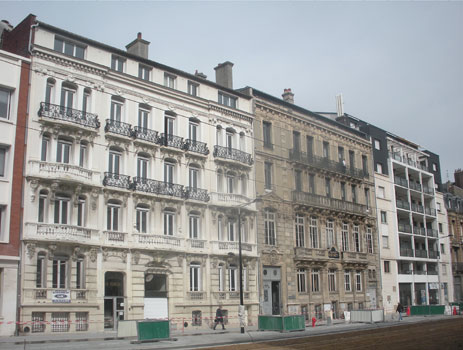
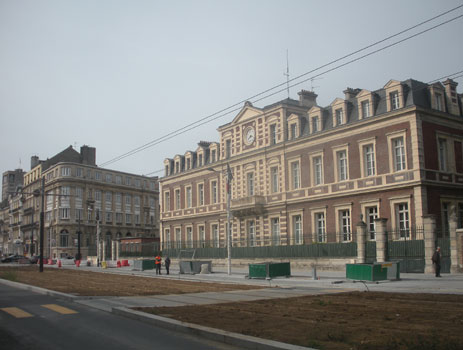
The first building that was obviously a Perret design was the Hotel de Ville, itself. The structure was long with a flat roof and large windows. At one end was an office tower over 15 stories tall. The tram tracks passed along the front. Inside, we entered a grand atrium and realized that the long structure was actually four stories high! A gallery featured an exhibition of works by local artists so we took time to view the pictures, many quite excellent. We asked about the tram tracks and learned that it was almost completed and the first trams would roll past shortly.
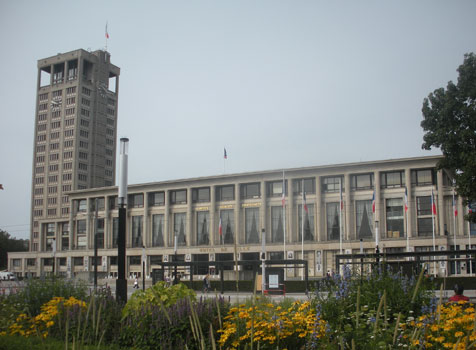
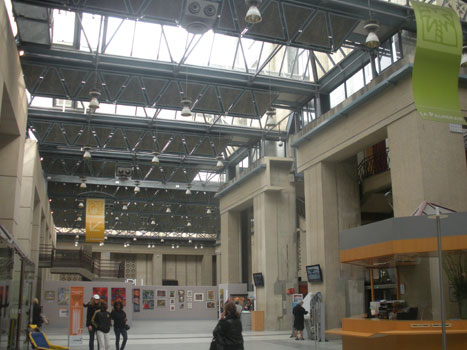
Just across the tracks there was a pleasant park with flowers, pools and sculpture with walkways nicely laid out for strolling.
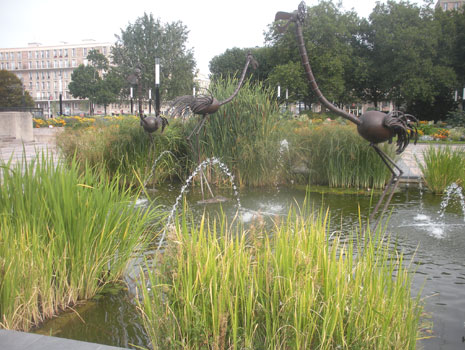
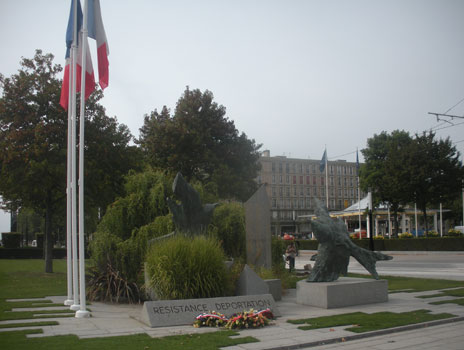
At the far side of the this park there were matching buildings and a wide boulevard running between them leading to a shopping square and another square where the white cone shaped "Volcano", a former tourist info center, rose strangely out of character.
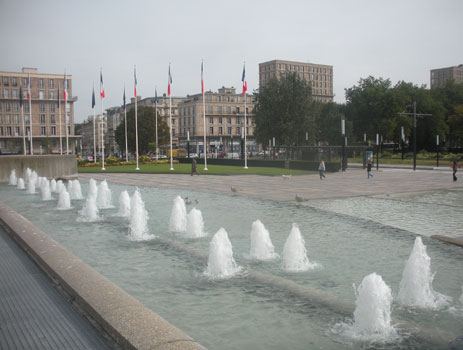
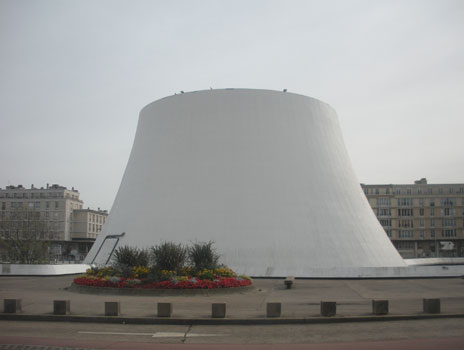
Approaching the port, we passed an old-appearing church and a classic style customs house, now a museum, but most buildings were the rectangular concrete style designed by Perret.
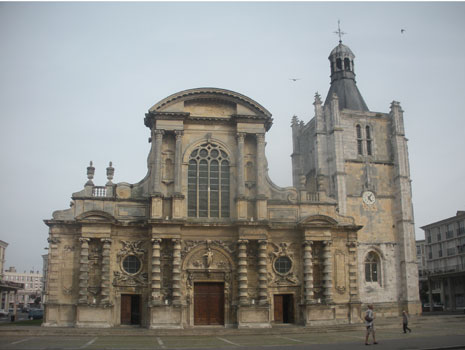
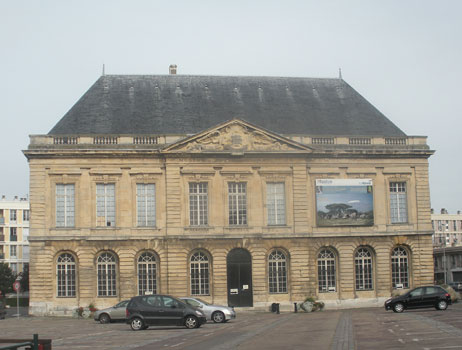
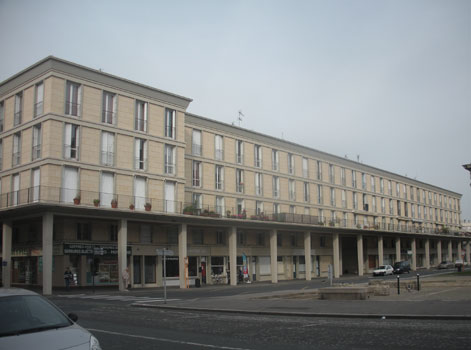
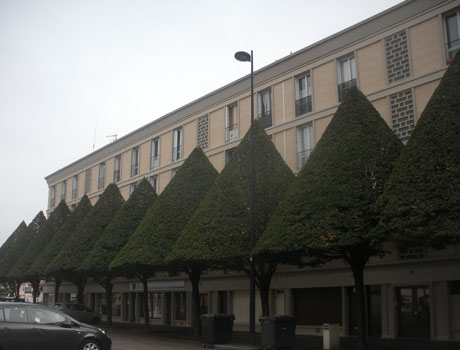
Further on we observed perhaps the most dramatic example of Perret's architectural style, Eglise Saint Joseph. The tall tower was visible long before we reached the door. The view up into the tower, with its stained glass windows on all sides, captured our attention immediately, rising above the circular sanctuary. The eglise was built from 1951 - 1958 as a memorial to those citizens of the city who lost their lives in the terrible bombing.
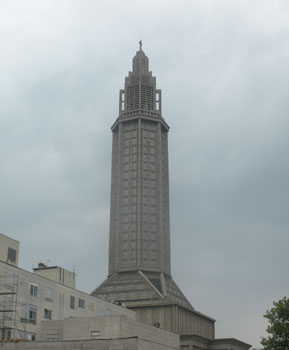
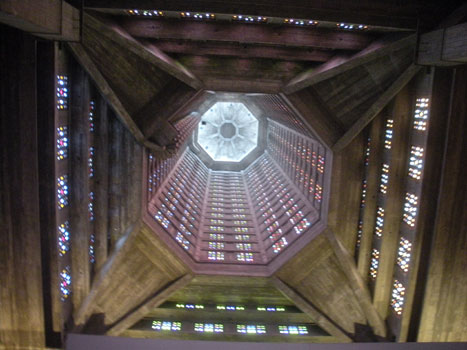
The Musee Malraux, Le Havre's beaux arts musee, built in a modernist style to complement the rest of the centre, offered a wonderful collection of impressionist pictures. A vast collection of works by Eugene Boudin stretched along one long wall and important works by Monet, Renoir, Sisley and others enlivened the place. Also presented was a special exhibition featuring the SS France, the great ocean liner, launched in 1962 to carry passengers across the Atlantic in cruise ship style.
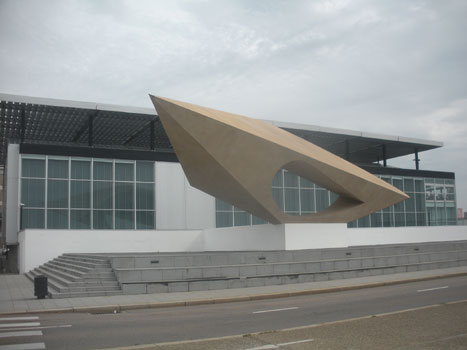
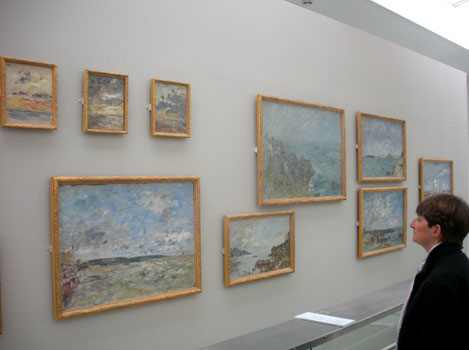
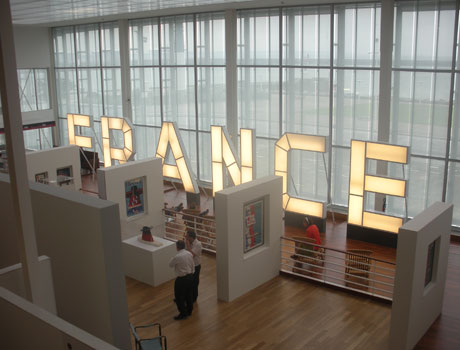
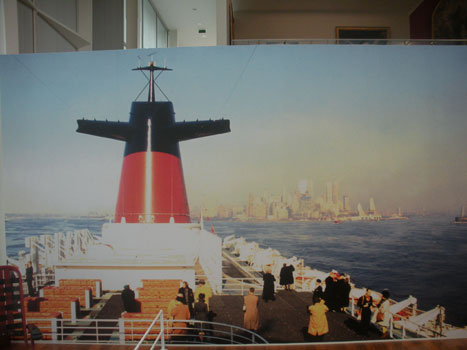
Just outside the musee, we discovered a delightful stretch of gray pebbled beach. The pebbles, galets in French, give the beach a pleasant aspect but make walking a challenge. Never mind, there was a wide promenade lined with beach houses on the sea side and small eateries on the land side. We joined many other folks strolling and snacking.
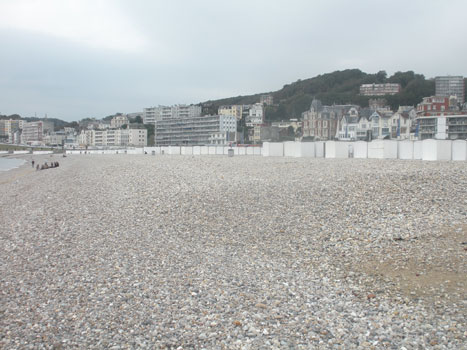
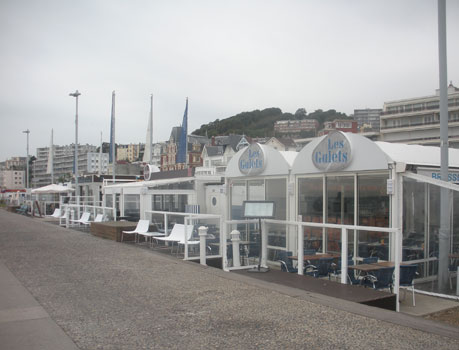
Later in the day, we enjoyed an organ concert in a lovely church and after that, a delicious dinner at a local tavern.
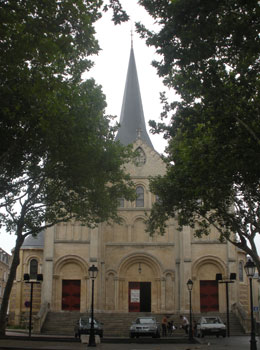
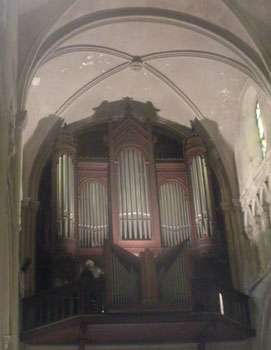
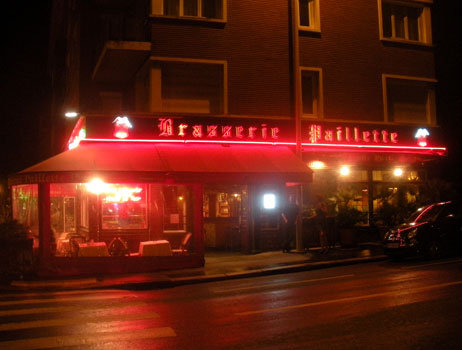
Exploring further, we visited the towns of Harfeur and Montvilliers. Both are more traditional French towns that have become suburbs of Le Havre while still retaining their own historic centres. Served by bus and rail from the city centre, these delightful villages offer residents an alternative to Perret's concrete apartments. If we had to choose, we would certainly consider a home in one of these delightful places!
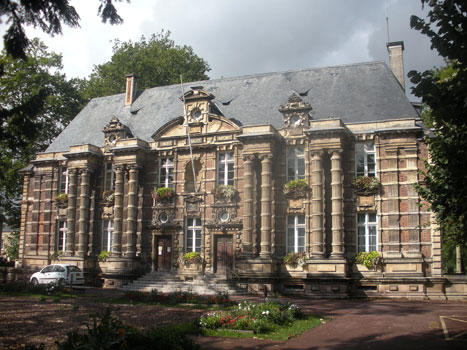
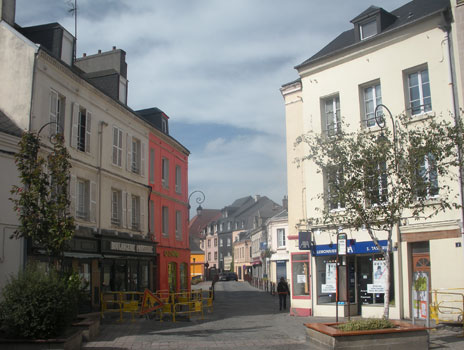
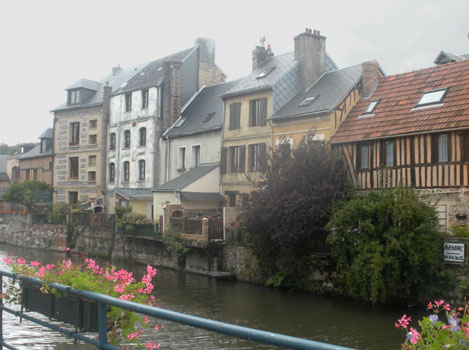
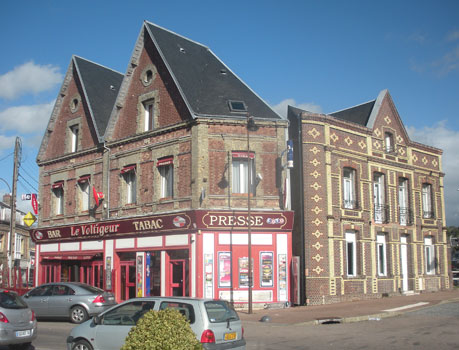
On another day we took a bus to visit the seaside town of Etretat, surrounded by it's brilliant white cliffs that had inspired impressionist artists a century ago. Click here to view our Flickr album of photos.
Click here to return to our 'A Tale of Four Cities of France' page
Click here to return to our 'Fall 2012 - Encounters with Ike, Claude, William and Ernest' page
![]()